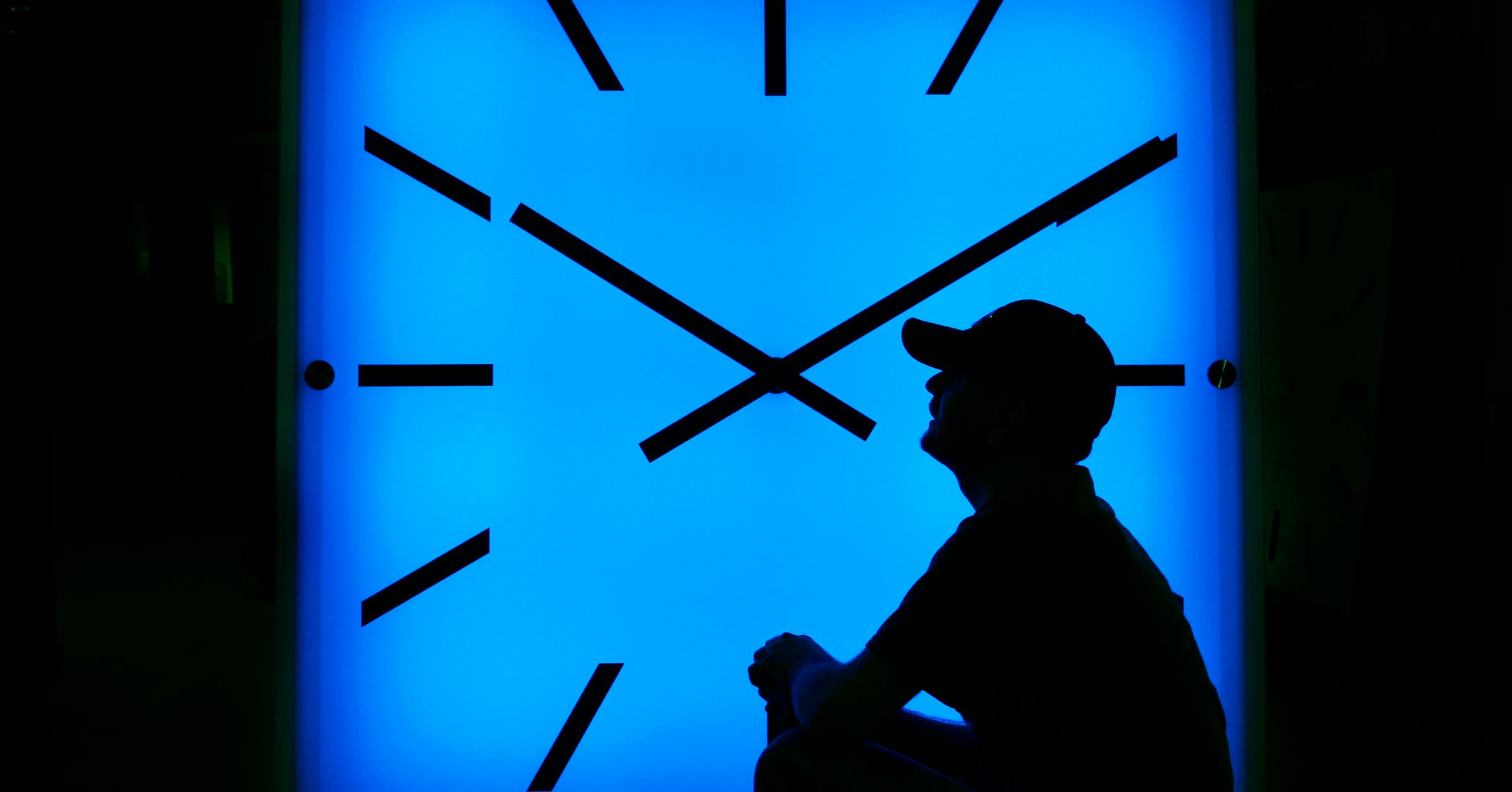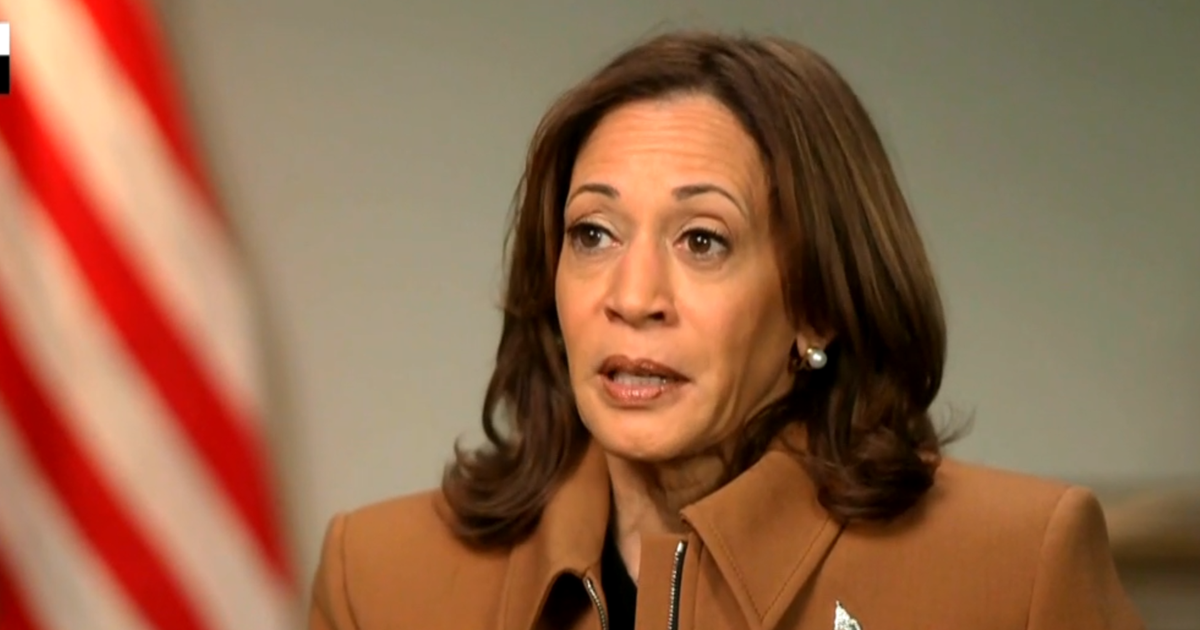Star Tribune
Hunters pack meeting in Carlton to join grassroots group’s call for wolf hunt

CARLTON, MINN. — About 400 people, mostly men and mostly wrapped in camouflaged hats and coats, crammed into the upper level of the Four Seasons Sports Complex here on Wednesday night to learn more about a growing group bent on controlling Minnesota’s wolf population.
The session, titled “Wolf Predation Meetings: Wolf Versus Deer: Who Will Win,” was one of more than a handful listed on Hunters For Hunters website. The informational meeting had the fever of a pep rally as the grassroots organization takes it upon itself to address what it believes to be an abundance of wolves in the North Woods and not enough whitetails.
Hunters for Hunters launched just prior to the deer season. Board member Steve Porter, whose son is among the group’s founders, issued a call for action in support of a legal wolf hunt in Minnesota. Grey wolves are currently protected under the Endangered Species Act.
“We’re looking for a bunch of men who don’t have reverse,” Porter said during the 90-minute session, which included rants of distrust toward Minnesota’s Department of Natural Resources and some elected officials, and brainstorming on how to affect political change around the issue.
The DNR has attributed low deer density to deep-snow winters that leave the animals vulnerable to predators, including wolves. The state agency also points to a loss of winter habitat because of sanctioned logging on state land. The DNR estimates that there are about 2,700 wolves in Minnesota — a population that has stayed about the same since the 1990s.
But the DNR wasn’t given much credit here. When someone in the crowd asked how trustworthy the agency’s wolf count is, the crowd laughed.
Anecdotally, there were stories of hours of inactivity in deer stands and packs of wolves caught on trail cameras.
What about when a wolf kills a child, asked Nick Potter of Rock Creek, Minn., although no specific instances of wolf attacks were mentioned.
The arena that hosted the meeting didn’t have enough seating to accommodate the hunters, with a handful of local politicians also in attendance. One local old-timer offered up a recipe for poisoning wolves.
Porter quickly quashed that notion. “We can’t endorse illegal behavior,” he said.
Kelly Dusek has been watching and learning about deer for years. He described them as his livelihood. He made the trip to Carlton to learn what the next steps are regarding the wolf population.
“I’m not an advocate for abolishing wolves,” he said. “We have to a have a hunting season that kills more wolves than are being born.”
Gerry Pollard was thinking about his 60-year tradition of hunting on the same land near Floodwood, Minn. It’s hard to get young people to sit in a deer stand for days with no action.
“I want them to enjoy what I’ve had,” he said. “I’ve had good years. I’ve seen things.”
But this year was yet another slow one for the eight hunters who gather at his shack.
Star Tribune
This Rochester MN school police officer used to be a narcotics cop
Some take him up on it and fret when he’s not around.
“It is nice to be missed and be part of the school’s culture,” Arzola said. But mostly, he added, he wants kids to know that police aren’t around just for when the bad stuff happens. He’ll hand out his stickers and bracelets, even a trading card bearing his image. Then, they’ll talk about dogs and family.
School resource officer Al Arzola talks to students in his office at John Adams Middle School in Rochester on Oct. 11. (Leila Navidi/The Minnesota Star Tribune)
Two months ago, Rochester played host to a three-day training session for new SROs from across the state — an event organized by the Minnesota School Safety Center. On the final day, the 26 officers learned about surveillance challenges at the other school where Arzola works: Dakota Middle School.
It is a beautiful building with a scenic view. There is a lot of glass, too. Arzola, handling the role of instructor and tour guide, took the group outside and noted how one could look straight through the entrance to the large groups that gather inside. There were no curbs in front, either.
“There is nothing stopping any vehicle whatsoever from going through my front doors,” Arzola told the officers. “Law enforcement wasn’t talked to before this building was made. It was kind of like, ‘Here it is. You’re the SRO. Do what you do.’”
He showed them his office, too, which is separate from the main office and near those of other school support staff members. That makes sense, said Jenny Larrive, SRO coordinator for the Minnesota School Safety Center, given than SROs spend more time connecting with youth than on actual law enforcement.
Star Tribune
How Minnesota is recruiting poll workers in a divisive presidential election

“The basic rule in Minnesota is you cannot preemptively post law enforcement at a polling place,” he said. “A city can’t say, ‘Wow, Precinct Two, there’s a lot of intensity there, let’s just put a cop at the door.’”
Simon doesn’t go deep into the details on security, though. “I don’t want to give a total road map to the bad guys,” he said.
But testimony at the Capitol last year on behalf of the new law bolstering protections for election and polling place workers indicated there’s room for concern. One election worker was followed to her car by an angry voter; the head of elections in another county was called repeatedly on her home phone during off hours, and an official was lunged at by an aggrieved voter, forcing her to call the local sheriff.
Those who violate the law could now face civil damages and penalties of up to $1,000 for each violation.
The Brennan Center survey indicated more than four in 10 election leaders were concerned about recruiting enough poll workers due to threats of harassment and intimidation. This includes doxing — publishing a person’s personal information online in a threatening manner — and swatting, fake emergency calls that result in an armed response being sent to someone’s home.
“Election officials are working to prepare for everything right now,” said Liz Howard, director of partnership engagement at the Brennan Center. “More than 90% of election officials have made improvements to election security since 2020.”
Star Tribune
Daylight saving time ends next weekend. This is how to prepare for the potential health effects

The good news: You will get a glorious extra hour of sleep. The bad: It’ll be dark as a pocket by late afternoon for the next few months in the U.S.
Daylight saving time ends at 2 a.m. local time next Sunday, Nov. 3, which means you should set your clock back an hour before you go to bed. Standard time will last until March 9 when we will again ”spring forward” with the return of daylight saving time.
That spring time change can be tougher on your body. Darker mornings and lighter evenings can knock your internal body clock out of whack, making it harder to fall asleep on time for weeks or longer. Studies have even found an uptick in heart attacks and strokes right after the March time change.
”Fall back” should be easier. But it still may take a while to adjust your sleep habits, not to mention the downsides of leaving work in the dark or trying exercise while there’s still enough light. Some people with seasonal affective disorder, a type of depression usually linked to the shorter days and less sunlight of fall and winter, may struggle, too.
Some health groups, including the American Medical Association and American Academy of Sleep Medicine, have said it’s time to do away with time switches and that sticking with standard time aligns better with the sun — and human biology.
Most countries do not observe daylight saving time. For those that do — mostly in Europe and North America — the date that clocks are changed varies.
Two states — Arizona and Hawaii — don’t change and stay on standard time.
Here’s what to know about the twice yearly ritual.



